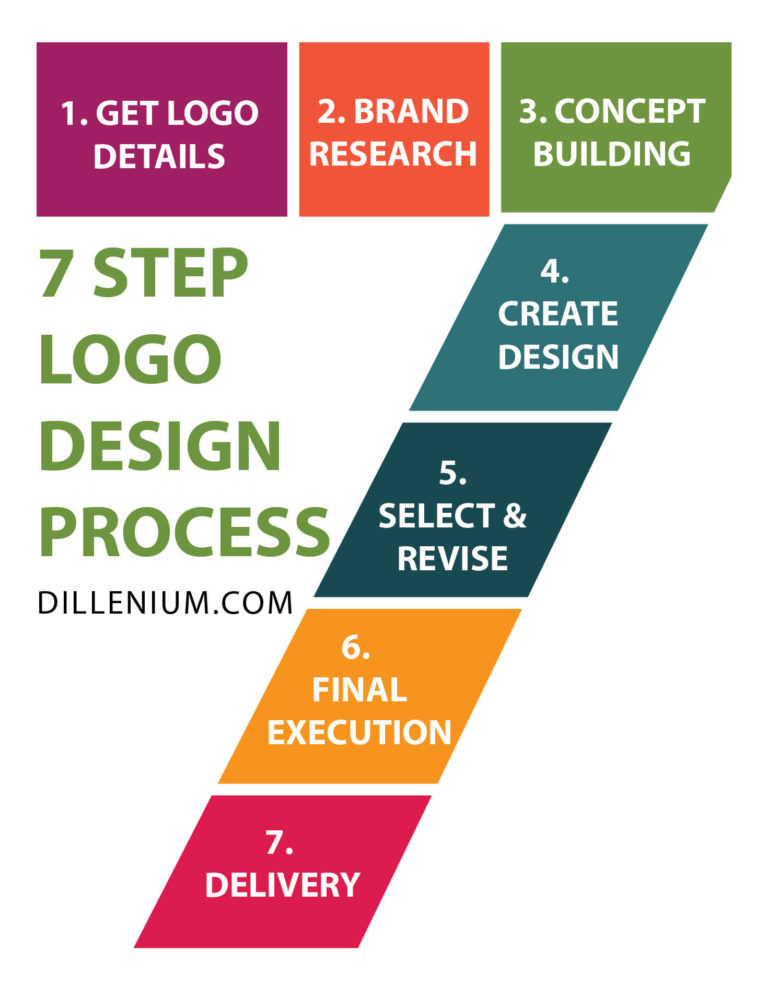Pro Guide: 7 Steps To Design Your Class

Designing an engaging and effective class structure is crucial for educators to create an optimal learning environment. Whether you're a seasoned teacher or just starting out, this guide will walk you through the seven essential steps to design your class, ensuring a well-organized and captivating educational experience for your students.
Step 1: Define Your Learning Objectives

Start by clearly defining what you want your students to achieve and learn in your class. These objectives should be specific, measurable, achievable, relevant, and time-bound (SMART). For instance, you might aim to improve students' critical thinking skills, enhance their problem-solving abilities, or foster a deeper understanding of a particular subject matter.
To craft effective learning objectives, consider the following:
- Curriculum Alignment: Ensure your objectives align with the curriculum standards and educational goals set by your institution or governing body.
- Student Needs: Take into account the diverse needs and learning styles of your students. Adapt your objectives to cater to their unique requirements and abilities.
- Assessment: Determine how you will measure and evaluate your students' progress and achievement against these objectives.
Step 2: Create a Comprehensive Syllabus

A well-designed syllabus serves as a roadmap for your class, providing students with a clear understanding of what to expect throughout the course. Here's what to include:
- Course Overview: Give a brief description of the course, highlighting its purpose, relevance, and key topics to be covered.
- Learning Objectives: Outline the specific learning goals and outcomes students should achieve by the end of the course.
- Course Schedule: Provide a detailed breakdown of the topics and themes to be covered in each class session. Include key dates for assignments, exams, and other important events.
- Assessment and Grading: Explain the evaluation criteria and how student performance will be assessed. Detail the weightage of different components, such as quizzes, assignments, projects, and exams.
- Course Policies: Establish clear guidelines for attendance, late submissions, academic integrity, and any other relevant policies.
- Recommended Resources: Suggest additional reading materials, online resources, or reference books that can enhance students' learning experience.
Step 3: Plan Engaging Lessons

To create an engaging learning environment, it's essential to design lessons that are interactive, varied, and aligned with your learning objectives. Here are some tips to craft captivating lessons:
- Variety is Key: Incorporate a mix of teaching methods, such as lectures, group discussions, hands-on activities, and multimedia presentations. This keeps students engaged and caters to different learning styles.
- Active Learning: Encourage students to participate actively in their learning process. This could involve group work, debates, role-playing, or problem-based learning activities.
- Real-World Connections: Relate the course content to real-world examples and applications. Help students see the relevance and practicality of what they're learning.
- Incorporate Technology: Utilize educational technology tools and online resources to enhance your lessons. This could include interactive whiteboards, online simulations, or educational apps.
- Guest Speakers: Invite guest speakers or industry experts to share their insights and experiences, providing students with a unique perspective on the subject matter.
Step 4: Develop Assessment Strategies

Effective assessment strategies are crucial for measuring student learning and providing feedback. Consider the following when developing your assessment plan:
- Formative and Summative Assessments: Include a mix of both types of assessments. Formative assessments, such as quizzes and short assignments, help you gauge student understanding and provide feedback throughout the course. Summative assessments, like exams and final projects, evaluate overall learning outcomes.
- Authentic Assessments: Design assessments that mimic real-world scenarios or tasks. This can help students apply their knowledge and skills in practical ways.
- Self-Assessment and Reflection: Encourage students to reflect on their learning and assess their own progress. This fosters a sense of ownership and responsibility for their education.
- Peer Assessment: Incorporate peer assessment activities, where students evaluate and provide feedback on each other's work. This promotes collaboration and helps students develop critical thinking and evaluation skills.
Step 5: Establish a Positive Classroom Environment

Creating a positive and inclusive classroom environment is essential for fostering a culture of learning and respect. Here's how you can achieve this:
- Set Clear Expectations: Establish ground rules and behavioral expectations from the outset. Ensure students understand the importance of respect, active listening, and constructive participation.
- Incorporate Icebreakers and Team-Building Activities: Especially in the beginning of the course, use icebreakers and team-building exercises to help students get to know each other and build a sense of community.
- Encourage Open Communication: Create an environment where students feel comfortable asking questions, sharing their thoughts, and seeking help. Respond to their inquiries promptly and respectfully.
- Celebrate Diversity: Embrace and celebrate the diversity of your students' backgrounds, experiences, and perspectives. Encourage students to learn from one another and appreciate different viewpoints.
- Provide Support and Resources: Offer a range of support services and resources to help students succeed. This could include tutoring, study groups, or access to academic advisors.
Step 6: Utilize Educational Technology

Educational technology can greatly enhance your teaching and learning experience. Here are some ways to leverage technology in your class:
- Learning Management Systems (LMS): Utilize an LMS to streamline course administration, manage assignments, and provide a central hub for course materials and communication.
- Online Resources: Curate and share online resources, such as videos, articles, and interactive simulations, to supplement your lessons and provide additional learning opportunities.
- Educational Apps: Explore educational apps that can support specific learning objectives, such as language learning apps, math practice tools, or science simulation software.
- Collaborative Tools: Use online collaboration platforms or tools like Google Workspace or Microsoft Teams to facilitate group work and foster a sense of community beyond the classroom.
- Feedback and Assessment Tools: Leverage technology to provide timely and constructive feedback to students. This could include using online grading platforms or interactive rubrics.
Step 7: Continuous Improvement and Reflection

Designing an effective class is an ongoing process that requires continuous improvement and reflection. Here's how you can ensure ongoing development:
- Seek Feedback: Regularly solicit feedback from your students to understand their learning experience and identify areas for improvement. This can be done through anonymous surveys, focus groups, or individual conversations.
- Analyze Assessment Data: Review and analyze assessment results to identify patterns and areas where students may be struggling. Use this data to adjust your teaching strategies and lesson plans accordingly.
- Collaborate with Colleagues: Engage in professional development activities and collaborate with fellow educators to share best practices and innovative teaching ideas.
- Stay Updated: Keep up with the latest research and trends in education to incorporate new teaching strategies and technologies into your practice.
Conclusion

Designing a well-structured and engaging class is a multifaceted process that requires careful planning and consideration. By following these seven steps, you can create a learning environment that is not only effective but also captivating and inclusive. Remember, the key to success lies in aligning your teaching methods with your learning objectives, fostering a positive classroom environment, and continuously seeking ways to improve and adapt to the needs of your students. Embrace the journey of designing your class, and watch your students thrive in a dynamic and enriching educational experience.
How often should I update my syllabus and lesson plans?

+
It’s a good practice to review and update your syllabus and lesson plans at the beginning of each semester or academic year. This allows you to incorporate any new insights, feedback, or changes in the curriculum. Additionally, you may want to make minor updates throughout the course to address any unexpected challenges or to incorporate new and relevant resources.
What are some effective strategies for managing a diverse classroom with varying learning styles and abilities?

+
When teaching a diverse group of students, it’s important to employ a variety of teaching methods and provide multiple avenues for learning. Here are some strategies:
- Differentiated Instruction: Adapt your teaching to meet the needs of different learners. This could involve providing different levels of challenge or offering various ways for students to demonstrate their understanding.
- Universal Design for Learning (UDL): Implement UDL principles to create a flexible learning environment that accommodates a wide range of learning styles and abilities. This includes offering multiple means of engagement, representation, and expression.
- Small Group Work: Divide students into small groups to promote collaboration and peer learning. This allows students to support and learn from each other, fostering a sense of community.
- Individualized Support: Offer one-on-one support or small group interventions for students who may be struggling. This can help address specific learning challenges and ensure that all students have the opportunity to succeed.
How can I effectively manage my time and stay organized as a teacher?

+
Time management and organization are crucial for effective teaching. Here are some tips:
- Create a Weekly Planner: Develop a detailed weekly plan for your lessons, including the topics to be covered, materials needed, and any preparatory tasks. This helps you stay organized and ensures a smooth flow of lessons.
- Use a Digital Calendar: Utilize a digital calendar or planner to keep track of important dates, deadlines, and events. Set reminders for yourself to stay on top of grading, lesson planning, and other administrative tasks.
- Batch Similar Tasks: Group similar tasks together to increase efficiency. For example, dedicate a specific time each week for grading assignments or preparing materials for upcoming lessons.
- Delegate and Collaborate: Don’t hesitate to seek help or delegate tasks when possible. Collaborate with colleagues or teaching assistants to share the workload and gain fresh perspectives.



